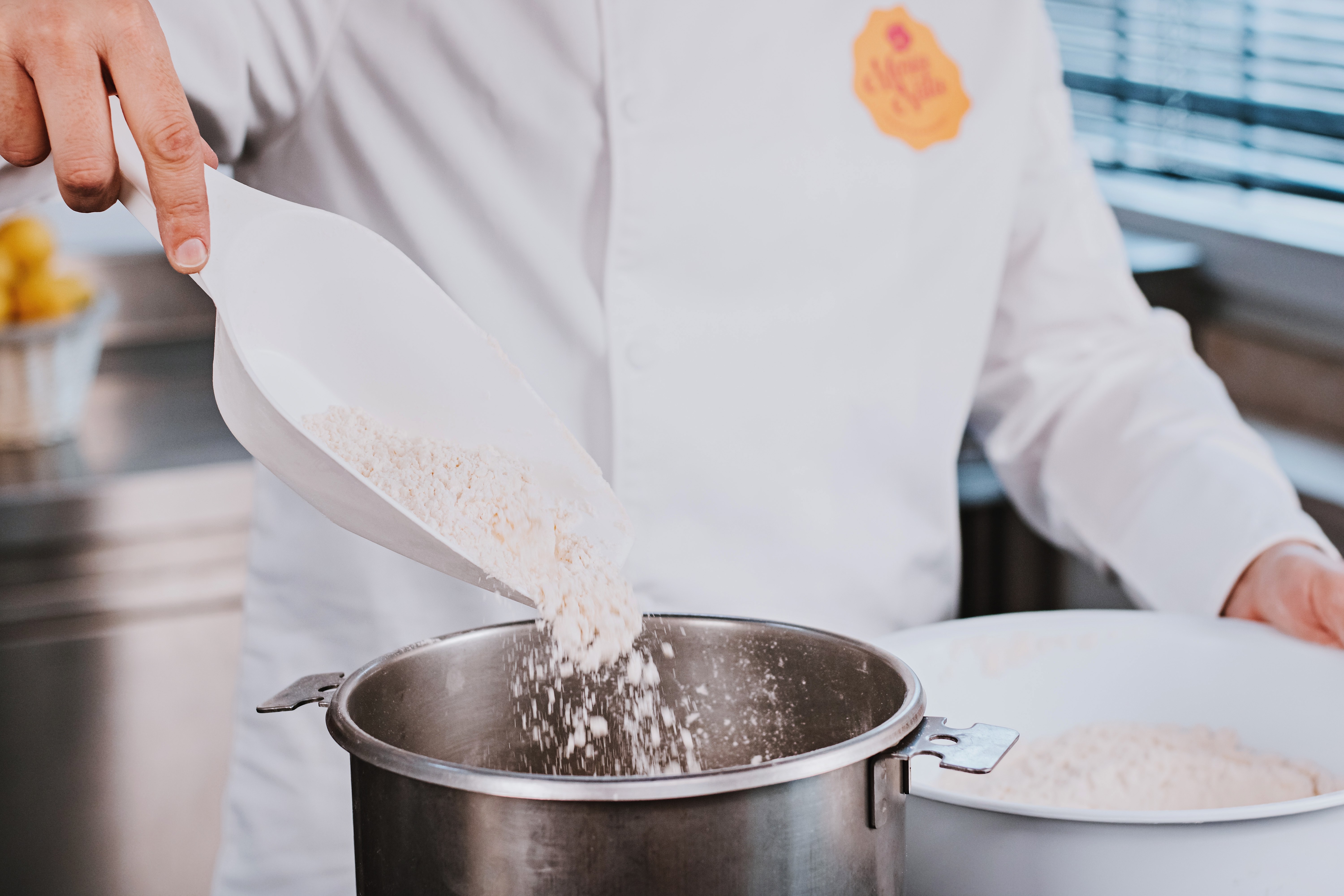The Pastel de Nata classic version is iconic and widely appreciated. It has gained international popularity, and it is enjoyed by people with diverse cultural backgrounds. Its appeal to a broad audience showcases its versatility in terms of global acceptance.
Introducing new toppings and flavours offers several benefits that can enhance the overall culinary experience and drive customer satisfaction and business growth. This is an exercise that requires mastering the science of pairing taste and aroma.
The Pastel de Nata has already some popular variations. Some recipes add lemon zest, cinnamon, or vanilla to the filling. Recently, some ingredients have been incorporated into the custard, such as berries (strawberries, raspberries, blueberries) and chocolate. More daring bakers experimented with specific local items such as biscuits or chestnuts.
In certain settings, restaurants have found a way to enhance the flavour and texture by serving with accompaniments such as fresh fruit, a dollop of whipped cream or a scoop of ice cream to create a more elaborate dessert presentation.
Some pastry chefs already experiment with alternative flours, dairy-free options, or alternative sweeteners to create some healthier variations. It can also be paired with a variety of beverages, namely coffee, tea, or even a glass of wine, depending on the time of day and context.
Understanding the key trends in the sweet pastry trade and analysing case studies can help to conceive new ideas and unique twists. The innovation has no limits. And while these additions can elevate the Pastel de Nata's profile, they can also boost the appeal to a broader audience and increase the customer base among key consumer audiences, such as the Millennials and Gen Z.
The Pastel de Nata can be adapted to fit seasonal themes or special occasions, combining with seasonal fruit or spiced seasonings for Halloween or Christmas. Or it can be a foundation for an exercise of fusion cuisine, combining elements of the Portuguese pastry with flavours and ingredients from other cultures.
Limited-time flavours or decorative touches can create excitement and anticipation. Launching new toppings and flavours creates opportunities for marketing and publicity. Media coverage, social media buzz, and positive customer reviews can promote the business and attract new customers.
Adapting ingredients to cater to dietary preferences and restrictions, such as vegan options, can attract a growing market segment and show that the business is inclusive and accommodating. Premium or specialty flavours and toppings can justify higher price points, potentially increasing revenue, and profit margins.
Experimenting allows businesses to set them apart from competitors and keep customers interested in trying something new. It can help establish a unique brand identity by offering a distinct flavour or topping that become a signature offering associated with the business. Ultimately, this exercise also allows businesses to gather customer feedback and data, which can guide to menu optimisation and marketing strategies.
Food trends evolve, and consumer tastes change. Staying current and adapting to these changes by introducing new flavours can help a business remain relevant and appealing to modern consumers. And by diversifying into complementary products, businesses can increase overall income, contributing to higher trade and turnover.






